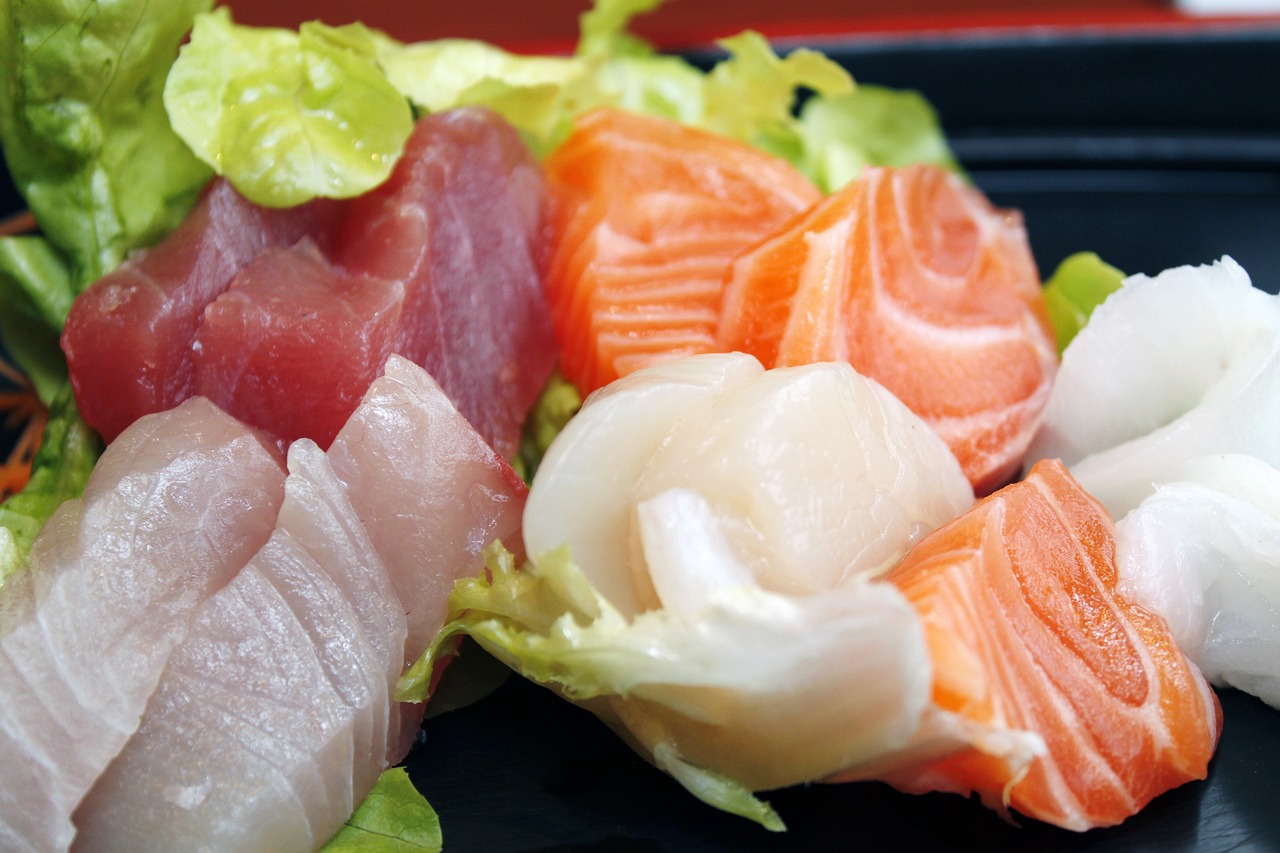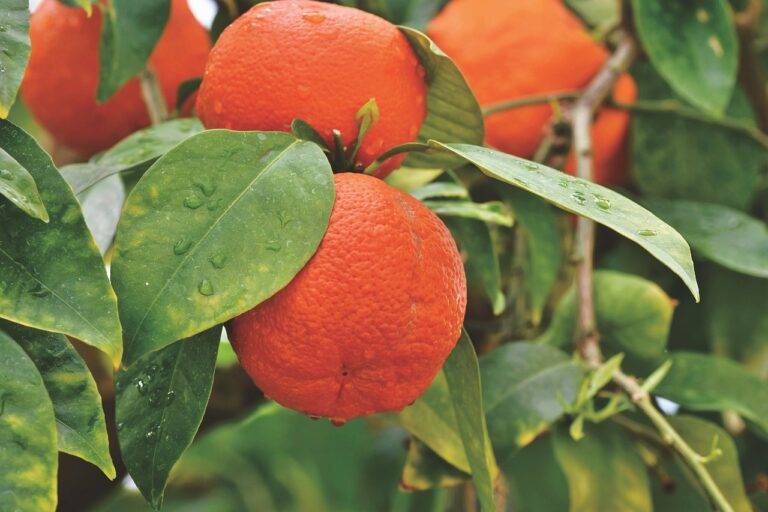The Science of Baking: Exploring the Chemistry Behind Pastries
Baking has been a fundamental part of human civilization for thousands of years. The act of combining ingredients and transforming them into bread, pastries, and other baked goods dates back to ancient times when grains were first cultivated. Initially, baking was a simple process, with dough being cooked on hot stones or in ashes.
As societies evolved and advanced, so did the techniques and tools used in baking. The invention of ovens revolutionized the baking process, allowing for more controlled and consistent temperatures. With the introduction of refined flours, sugars, and fats, bakers were able to create more intricate and elaborate baked goods, leading to the diverse array of pastries and desserts enjoyed today.
The Role of Ingredients in Baking
When it comes to baking, the ingredients used play a crucial role in the outcome of the final product. Flour, a staple in baking, provides structure through its protein content, whether it is all-purpose, bread, cake, or pastry flour. The type of flour selected greatly affects the texture and consistency of the baked goods.
Another essential ingredient in baking is sugar. Sugar not only adds sweetness but also affects the browning and tenderness of the baked goods. Additionally, sugar contributes to the overall moisture content, shelf life, and color of the final product. It is important to carefully measure and select the right type of sugar when baking to achieve the desired flavor and texture.
The Chemistry of Leavening Agents
Leavening agents are vital components in baking that help dough and batter to rise, resulting in light and airy baked goods. Yeast, a popular leavening agent, works by fermenting sugars in the dough to produce carbon dioxide gas that gets trapped in the mixture, causing it to expand. This process creates the characteristic airy texture in bread and other yeast-leavened products.
Baking powder and baking soda are chemical leavening agents commonly used in recipes that do not contain yeast. Baking soda, a base, requires an acidic ingredient to react with, releasing carbon dioxide gas that causes the mixture to rise. Baking powder, on the other hand, contains both an acid and a base, which react when mixed with liquid to create carbon dioxide bubbles. Understanding the chemical reactions of these leavening agents is essential for achieving the desired texture and structure in baked goods.





